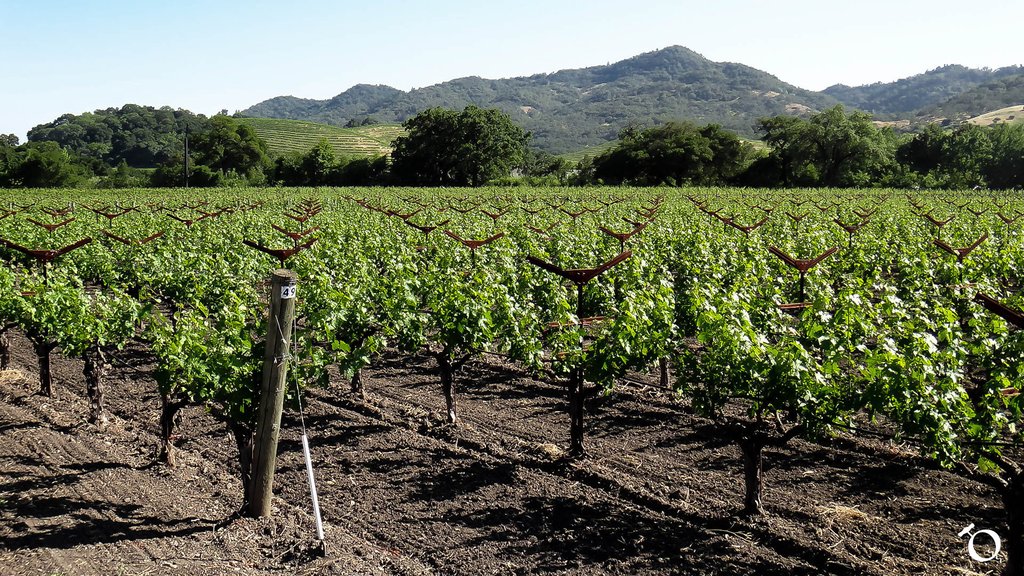2012 Oak Cliff Cellars Zipline Red - Wine of the Day
/2012 Oak Cliff Cellars Zipline Red
$26
This proprietary blend marries the blue-black fruit of Petite Sirah with the brightness and elegance of Zinfandel. Petite Sirah provides big fruit and tannins, while the Zin provides the brightness and finesse of a lighter, more refined raspberry-strawberry notes and a lingering silky finish. The cab/merlot/cab franc provide more structure and depth. This wine is surprisingly quaffable and easily paired with a variety of foods.
The grapes in this wine represent a marriage of the best from three vineyards in two counties – all at higher elevations and all benefiting from cool Pacific breezes at night. Petite Sirah grapes are from Amber View Vineyard in northern Lake County, while the Cab/Merlot/Cab Franc come from Wild Diamond Vineyard in the southern part of the County. The Petite Sirah has bigger tannins and dark, dense fruit while the Cab/Merlot/Cab Franc have softer tannins than many Napa Cab blends to the south. Both enjoy shorter than normal harvest periods but fully ripe fruit because of their vineyard elevations of over 2,000 feet. The Zinfandel from Firebrick Hill Vineyard to the west, however, enjoys a cooler climate and longer growing season, resulting in a more refined, layered fruit as evident in this wine’s long, silky finish.





